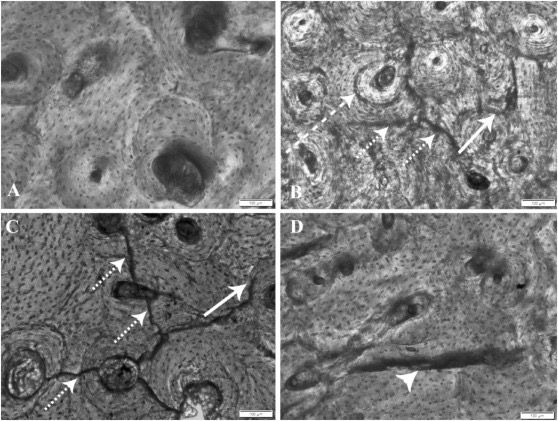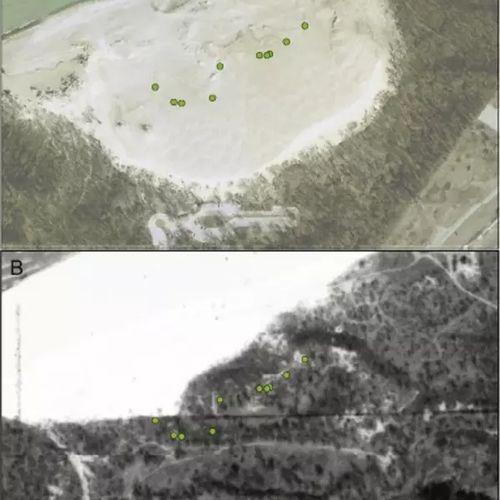
| Added | Thu, 04/11/2021 |
| Источники | |
| Дата публикации | Wed, 03/11/2021
|
| Версии |
Scientists have identified characteristic bone injuries, by which it can be determined that a person or animal was killed by lightning. The results of the study were published by the scientific journal Forensic Science International Synergy.
"We have found out how a current of tens of thousands of amperes acts on living tissues. As a result, it was possible to identify a unique set of microcracks and other injuries that occur inside the bones after a lightning bolt passes through them," said Hugh Hunt, one of the authors of the study, a senior researcher at the University of the Witwatersrand (South Africa).
According to rough estimates, lightning kills several thousand people around the world every year. It is difficult to estimate this number more precisely, since a significant number of such incidents occur without witnesses and far from large settlements. In addition, the vast majority of lightning victims live in developing countries in Africa, where they are often simply not considered.
Hunt and his colleagues were interested in whether it was possible to distinguish the bones of victims of lightning strikes from people and animals killed in fires or other natural disasters in order to supplement such statistics.
To answer this question, scientists have created a lightning strikes simulator in the laboratory, which can produce short-term discharges of electricity with a current of tens of thousands of amperes. This indicator is noticeably lower than the peak current strength of real lightning, but it still allows you to determine the consequences of an electric shock without completely destroying a sample of living tissues.
Scientists have prepared several sections of human bones and various animals and traced how they were affected by artificial lightning strikes. They were examined using a computed tomograph and an electron microscope and determined how the structure and properties of bone tissue changed after the passage of an electric discharge.
It turned out that after a lightning strike, a unique pattern of microcracks and other bone tissue damage is formed. For example, in most of the samples studied, Hunt and his colleagues found radial cracks emanating from the center of the bone cells, as well as a large number of voids between them.
Scientists found a similar pattern of damage in the bones of wild giraffes that died from a lightning strike several years ago. Hunt and his colleagues believe that this confirms the truth of their conclusions and allows us to use a similar feature of bones to determine how often people and animals die from such accidental accidents.
Patterns of microtrauma caused by the passage of experimentally induced current into human bones (in the center) and a well-known case of a fatal natural lightning strike in a young giraffe (below). The control sample (intact) is visible on the upper panel.
Courtesy: Patrick Randolph-Quinney /Forensic Research Group, University of Northumbria, and Tanya Augustine and Nicholas Bacci, School of Anatomical Sciences, Wits University
Новости со схожими версиями
Log in or register to post comments









